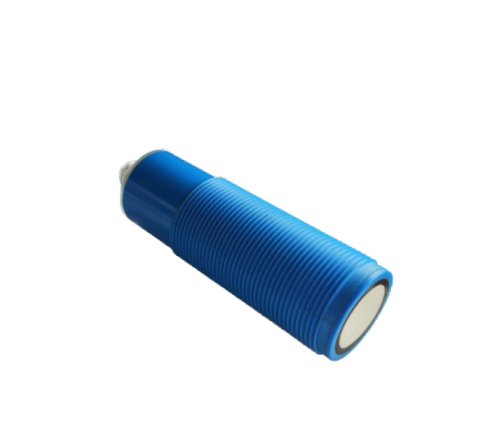Introduction
Introduced in 1906, photoelectric switches control every aspect of modern industrial automation with accurate and measurable detection that is nigh impossible to replicate. However, these are light dependent switches predictable devices with different kinds of properties and very broad area applications as well. In the subsequent article, we will cover more different types of photoelectric switches because they differ in their operation weight, application and design.
Categories of Photoelectric Switches
There are four types of photoelectric switches: retroreflective, through-beam and diffuse reflective and fibre optic.
Retroreflective Sensors
This is possible because retroreflective sensors transmit a beam of light to an object (that intercepts the light opposite its direction of propagation), then detects that same type of returned light. This type of sensor has limited applications where a line of sight is maintained like packaging machines or conveyor designs. These work on the high consistency and can detect different objects starting from the shiny metals to transparent plastics.
Through-Beam Sensors
Retroreflective sensors operate by transmitting a beam of light to an object (that intercepts the light opposite its direction of propagation), then receiving that same type of returned light. This sort of sensor has few uses that have line-of-sight characteristics such as packaging machines or conveyor style designs. They operate on the high consistency and identify different objects from shiny metals to clear plastics.
Diffuse Reflective Sensors
They work by transmitting a light beam from one side of an air gap to the other, and having the beam be received on the opposite side. It is activated when something interrupts the beam by passing through it. They are most commonly used for the presence or absence of an object at a distance like level controls and security/entry systems.
Fiber Optic Sensors
In fiber optic sensors, optical fibers are used to transmit light from and to the point of measurement. Suiting well to heavy-duty environment they are capable of working in no electromagnetic interference and very precise thus, capable of handling better where electromagnetic compatibility is essential.
Variations Based on Operating Principles
There are many different types of photoelectric switches, which also vary based on their operating principles (active vs passive infrared sensors) and use of visible light vs infrared light.
Passive Infrared Sensors vs Active
On the other hand, Active IR sensors which send their own signal and simply detect it when reflected will only work in an controlled environment. Passive IR sensors disco, do not emit light but detect heat signature of objects; hence they are used for conserving energy as well.
Sensors for Visible Light and Infrared Light
Visible light sensors have a very simple use case in systems: you want the sensing visible to human operators. As a plus point, the infrared light sensors work in non-visible range which means that well maybe you cannot see them and verify their effectiveness visually but they definitely have been working very well within applications where visual appearance is not a big part of the mix but detection sure is a significant part of it.
Types Dependent on the Kind of Output
Photoelectric switches differ from each other on the output type as well, With NPN and PNP transistor configurations being the most common among them.
NPN and PNP Outputs
NPN outputs — usually open-collector, for sinking applications PNP outputs — normally open-emitter, for sourcing applications Both NPN and PNP are common in control systems so the selection of either will depends on the demands of the particular control system.
Analog Vs Digital Outputs
Analog or Digital Output: Some photoelectric switches have analog outputs, offering an output that continuously represents the ambient light intensity; others provide digital outputs producing a binary signal indicating whether or not it detects an object. For applications requiring precise light levels, analog outputs are the solution, while digital outputs work for simple detection applications.
Environmental Considerations
Some photoelectric switches can withstand ambient light fluctuations and are specially designed for environmental requirements such as dust and water considerations or high-temperature operation.
Tailor-Made Photoelectric Switch
Furthermore, the market is launching several differentiated photoelectric switches such as high-speed counting sensors to count objects that pass in quick succession, safety interlock switches for access control and safety enforcement, and smart switches with IO-Link for interoperability over industrial communication network.
Conclusion
This wide-ranging photoelectric switch available in the market makes these devices a differentiate and plays an essential role in modern automation. Whether it is a retroreflective sensor for packaging lines, through-beam sensor for security systems or diffuse reflective sensor for robotic object detection, the right switch can significantly enhance both the efficiency and reliability of any automated process. Because of fast technology expansion, photoelectric switches often remain established in so many mechanisms and applications.
Table of Contents
- Introduction
- Categories of Photoelectric Switches
- Retroreflective Sensors
- Through-Beam Sensors
- Diffuse Reflective Sensors
- Fiber Optic Sensors
- Variations Based on Operating Principles
- Passive Infrared Sensors vs Active
- Sensors for Visible Light and Infrared Light
- Types Dependent on the Kind of Output
- Analog Vs Digital Outputs
- Environmental Considerations
- Tailor-Made Photoelectric Switch
- Conclusion

